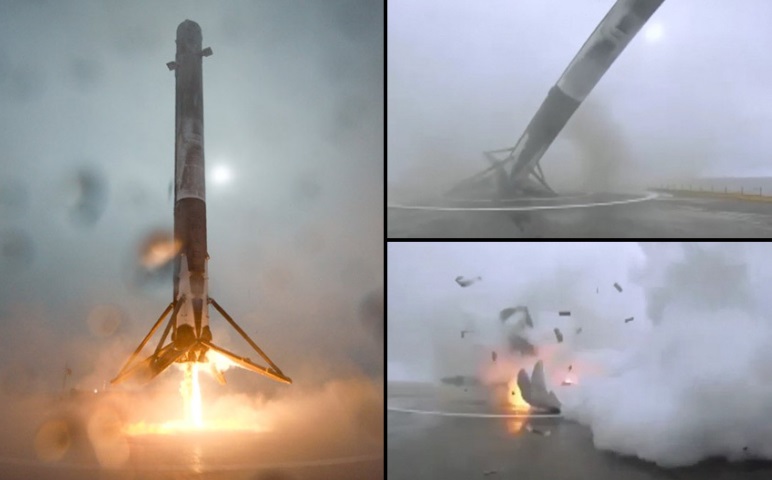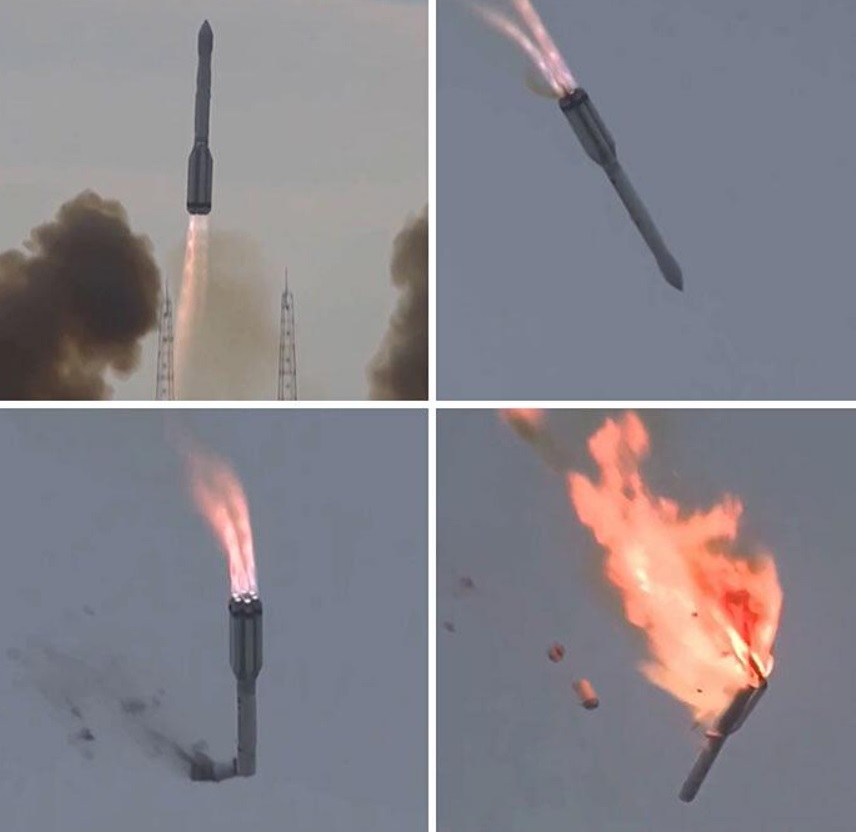Why Haven’t We Returned to the Moon? The Shadow Missions You Were Never Meant to Know About
Public space agencies cite cost, risk, and technical hurdles. But insiders and leaked data suggest a more disturbing possibility: secret U.S. lunar missions are already underway—and no one else is allowed to go. More than half a century has passed since the last Apollo mission touched the Moon’s surface. Despite dramatic technological advancements, renewed interest in lunar exploration, and the rise of international and private space actors, human boots have not officially landed on the Moon since 1972.
More than half a century has passed since the last Apollo mission touched the Moon’s surface. Despite dramatic technological advancements, renewed interest in lunar exploration, and the rise of international and private space actors, human boots have not officially landed on the Moon since 1972.
NASA cites funding constraints, political shifts, and technological readiness. But these explanations no longer satisfy an increasingly skeptical scientific community—especially given the apparent acceleration of lunar ambitions worldwide. Now, a growing body of evidence points to a very different reality: the Moon is not abandoned.
It is occupied.
And the United States is already there.
A Pattern of Delays and Failures
From NASA's Artemis missions to China’s lunar lander programs and private ventures by SpaceX and Blue Origin, attempts to return humans to the Moon have been repeatedly delayed, underfunded, or suddenly deprioritized—often with vague or unconvincing justifications.
In 2023 alone, at least three separate lunar test missions were abruptly canceled due to what agencies called “unspecified anomalies.” In early 2024, a joint European-Japanese mission encountered a catastrophic systems failure just hours before launch. Leaked internal reports blamed “external interference with deep-space guidance systems.”
To some observers, these aren't coincidences. They’re systematic disruptions.
The Shadow Missions Theory
According to multiple former aerospace engineers, military contractors, and space agency staffers who spoke with Orbital Affairs Journal under condition of anonymity, the real reason for the silence around human lunar travel is that covert American operations are already underway—and have been for years.
One former NASA contractor claimed that between 2017 and 2022, at least five classified launches from military launch pads in the Pacific were directed toward the Moon under the guise of "high-orbit surveillance" or "satellite deployment missions." The payloads, however, included crewed modules and advanced construction equipment.
“There’s a permanent base in development,” the contractor said. “It’s not science fiction. It’s a strategic occupation. And no one else is allowed up there until it's done.”
Why the Secrecy? The theory is simple and chilling: The U.S. is racing to secure territorial and technological dominance on the Moon—before any other superpower can claim a foothold. But doing so in the open would violate not only the Outer Space Treaty of 1967, which prohibits national appropriation of celestial bodies, but also international public opinion.
The theory is simple and chilling: The U.S. is racing to secure territorial and technological dominance on the Moon—before any other superpower can claim a foothold. But doing so in the open would violate not only the Outer Space Treaty of 1967, which prohibits national appropriation of celestial bodies, but also international public opinion.
“Imagine if China publicly announced it was building military outposts on the Moon,” says Dr. Eva Mendez, a space policy researcher in Geneva. “It would trigger panic and likely conflict. So if any nation were doing it in secret, they’d have every reason to keep it quiet—and to prevent anyone else from trying.”
A War in the Shadows
If true, this secret occupation would require not just stealth—but active sabotage of competing efforts.
Several international scientists involved in lunar robotics projects have privately shared reports of data corruption, unauthorized code injections, and unexplained failures in propulsion and navigation systems. A Russian launch in late 2022 was said to have lost telemetry after a sudden burst of radiation not accounted for in mission planning.
“These aren’t accidents,” said a former European Space Agency technician. “They’re deliberate, precise disruptions. Someone doesn’t want us up there.”
The Silence of the Institutions When pressed, NASA has consistently denied any classified lunar missions. A recent statement reads:
“NASA remains committed to peaceful, transparent, and collaborative exploration of the Moon. All human lunar missions are announced and subject to international regulatory processes.”
When pressed, NASA has consistently denied any classified lunar missions. A recent statement reads:
“NASA remains committed to peaceful, transparent, and collaborative exploration of the Moon. All human lunar missions are announced and subject to international regulatory processes.”
But the agency’s increasing cooperation with the U.S. Department of Defense—and the growing number of dual-use space launches involving military-grade hardware—raises doubts.
Moreover, attempts to access launch records from Vandenberg Space Force Base between 2018 and 2023 have been classified or redacted, citing “national security concerns.”
What’s Really on the Moon?
Theories vary. Some sources claim that the goal is a permanent lunar command post. Others suggest advanced mining operations for rare isotopes like helium-3—potentially valuable in future fusion technologies. More fringe voices speculate about artifacts of non-human origin found decades ago during the Apollo missions, sparking the need for secrecy.
Whatever the truth, one thing is increasingly clear: the Moon is not as empty as we’ve been led to believe.
Conclusion: A New Space Cold War?
While the public is told the Moon is too far, too costly, or too complicated, someone is already there—and working hard to keep it that way. Until that secret project reaches completion, every rival mission is at risk—not of failure by accident, but by design.
In the end, returning to the Moon may not be a matter of “can we?” but “will they let us?”